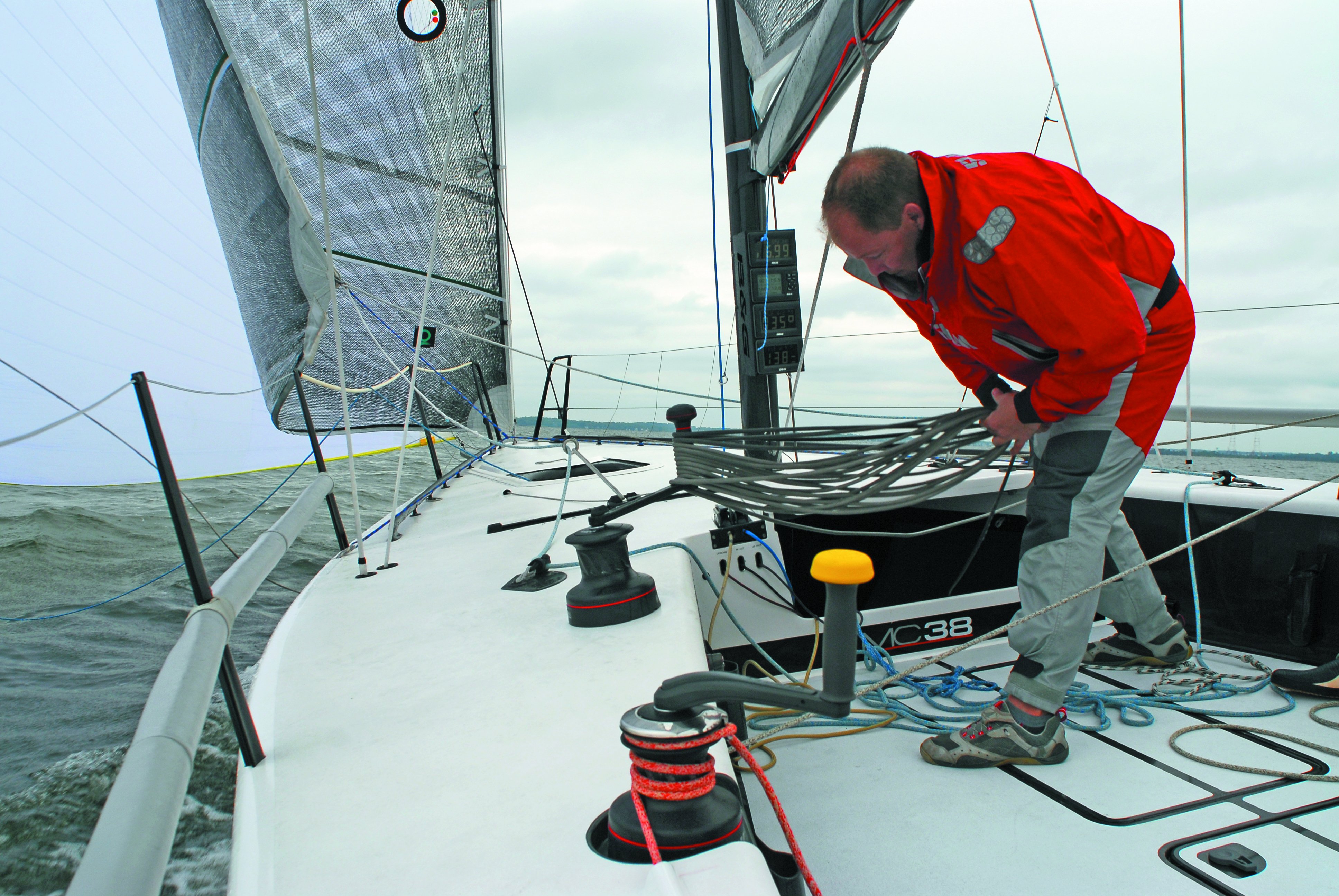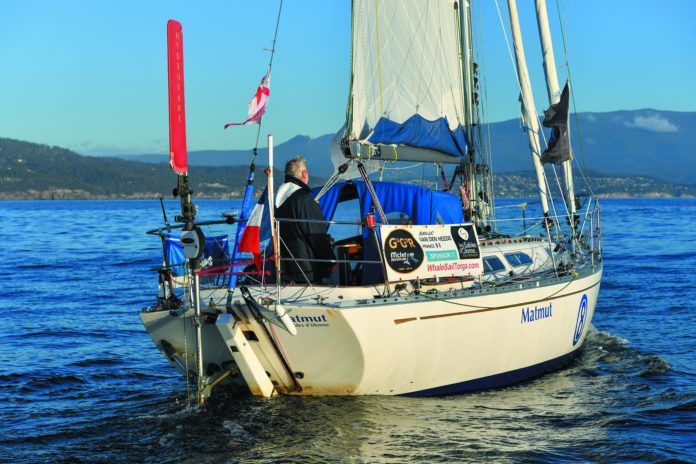This summer 18 sailors set out in the 50th Anniversary Golden Globe Race, a retro race which sought to recreate the circumstances of the original singlehanded around-the-world race using older production boats with dimensions similar to the eventual winner, Suhaili, sailed by Robin Knox Johston.
Currently, only seven of the original entrants remain in the race. Two of them have rounded Cape Horn and are homeward bound to England. Five-time circumnavigator 73-year-old Jean-Luc Van Den Heede is in the lead. Mark Slats, a 41-year-old Dutchman who has already circumnavigated once and rowed solo across the Atlantic, is about 1,000 miles behind him.
The biographies of the remaining competitors in the Golden Globe reinforce the underlying message in the lead article in the January 2019 issue of Practical Sailor. Written by Editor-at-large Ralph Naranjo, A Spotlight on Seamanship reminds us that although a sound, well-equipped vessel is a big step toward eliminating risk, it is no substitute for experience. In his report, Naranjo, calls upon his years as an instructor at the Annapolis School of Seamanship to pin down the essential skills required for offshore sailing. The end result is an expanded course syllabus of sorts, something to guide the offshore sailors education.
For me, one of the most attractive things about offshore sailing is that our education is never complete. Even the most experienced sailor learns something new on every passage. That point was drilled home earlier this month, when a brand-new Beneteau 55.1 sailed by an experienced delivery crew was dismasted off of Cape Hatteras. The U.S. Coast Guard saved all hands, but the boat, which was en route between boat shows, had to be abandoned.
In recent years, it seems as if not a fall sailing season goes by without at least one presumably sound vessel and experienced crew running into trouble off Hatteras. In 2015, I wrote about a the fate of Rainmaker, new 55-foot Gunboat catamaran-supposedly representing state-of-the-art construction, engineering, and technology-that suffered a fate similar to that of the Beneteau.
It is almost as if todays sailors are suffering a severe case of amnesia, causing them to forget why this stretch of water has rightly earned the moniker Graveyard of the Atlantic. Or perhaps it is just another example of how improved weather forecasting and state-of-the-art navigation and communication systems (not to mention distress signaling) has led us to become complacent?
As Naranjo points out in the January report, one of the greatest risks when planning for an ambitious voyage is the tendency to confuse luck with skill. When you compare his proposed curriculum for offshore sailors and the backgrounds of the remaining skippers in the Golden Globe revival, you can see how each of the racers have what it takes-a healthy dose of continuous experience, physical fitness, and sea sense. And although the finish line is finally within reach, I doubt that any one of them is becoming complacent.
Whether you are getting started on your education as a sailor or an old salt trying to keep abreast of the latest trends, you’ll find a number of articles in our archives that eschew the gadgetry and focus on the essentials.

A fitting companion to Ralphs seamanship report is his February 2018 article,
New Trends in Sailing Safety Gear, which focuses on the essential safety accessories. And if your weather forecasting skills need fine-tuning, our May 2017 report, Marine Weather Forecasting, offers an update on the latest weather forecasting tools available to sailors. If you’d like a chance to learn these skills from Ralph first-hand, he’ll be teaching two courses in March at the Annapolis School of Seamanship.
Those who are looking for a new boat will find a wealth of wisdom in Ralphs special report on trends in sailboat design and construction-focusing onstructure,stability, and performance (February 2015, June 2015, and August 2015 respectively). All of these articles offer a peek of what youll find in Ralphs outstanding opus, The Art of Seamanship, published in 2016 and available in thePractical Sailor bookstore online.
Although anyone headed offshore will benefit from Ralphs book, it is aimed squarely at the sailor. Its not a book for the novice tying his first bowline, or the yachtsman interested in flag etiquette. The topics Ralph addresses, particular those dealing with weather, anchoring, sail-handling, and navigation, are examined with a depth and insight that only come through years of experience.
If you don’t yet have the book, it will make a good gift to yourself. Full of hard-won wisdom, it offers a clear-eyed reminder that the challenges faced by the first Golden Globe sailors are the same ones we face today. It’s the sort of book you want to keep by your bedside, close at hand whenever a sense of complacency starts to creep in.





































